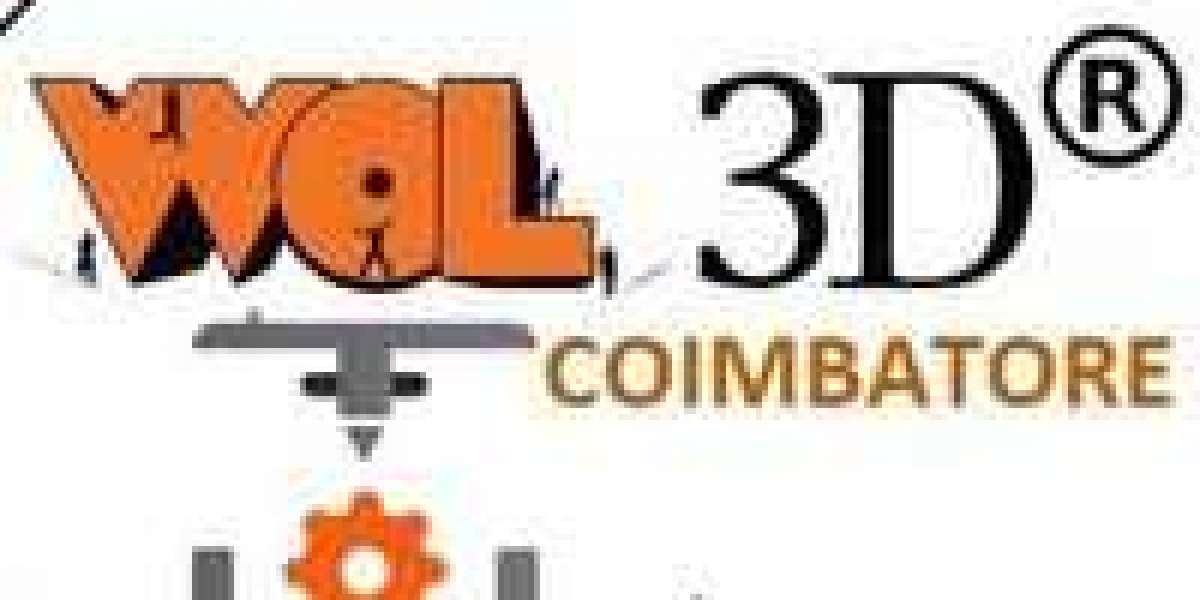In today's rapidly evolving technological landscape, businesses and organizations are constantly upgrading their IT assets to stay competitive and secure. While the acquisition of new technology is crucial, the responsible disposal of outdated IT assets is equally important. This process, known as IT Asset Disposal, involves not only the physical disposal of hardware but also the secure destruction of sensitive data. In this article, we will delve into the best practices for IT Asset Disposal, with a special focus on Secure Data Destruction.
The Significance of IT Asset Disposal
- Understanding the Importance: IT Asset Disposal is more than just disposing of old computers, servers, and other equipment. It is about mitigating risks associated with data breaches, environmental concerns, and legal compliance. Failure to properly manage IT asset disposal can lead to reputational damage and financial consequences.
- Data Security: Secure Data Destruction is at the core of IT Asset Disposal. Any residual data on disposed devices can be a goldmine for cybercriminals. Protecting sensitive information is a paramount concern for businesses and organizations.
- Environmental Responsibility: Electronic waste (e-waste) is a growing concern globally. Proper disposal practices can help reduce the environmental impact of obsolete IT assets. Reusing and recycling components can also contribute to sustainability.
Best Practices for IT Asset Disposal
1. Comprehensive Asset Inventory
Before embarking on IT Asset Disposal, it's essential to create a detailed inventory of all IT assets. This includes computers, laptops, servers, mobile devices, and other equipment. The inventory should specify the make, model, serial numbers, and any associated software or licenses. Having a clear understanding of what needs to be disposed of is the first step in the process.
2. Data Backup and Migration
Prior to disposal, data must be backed up and migrated to new equipment. This ensures that important information is preserved and remains accessible. A data migration plan should be in place to seamlessly transfer data from old assets to new ones, and a backup should be retained for a specific duration as an extra precaution.
3. Secure Data Destruction
Secure Data Destruction is a critical aspect of IT Asset Disposal. Data can exist in various forms on devices, including hard drives, SSDs, and memory cards. Erasing data is not enough, as it can often be recovered with the right tools. Secure Data Destruction methods such as data wiping, degaussing, or physical destruction of storage media should be employed to ensure complete data obliteration.
4. Compliance with Regulations
Various regulations and laws govern IT Asset Disposal, particularly when it comes to data protection and environmental concerns. Businesses and organizations must stay compliant with these regulations to avoid legal repercussions. It's imperative to be aware of specific rules in your region and industry.
5. Environmentally Responsible Disposal
E-waste contains hazardous materials, including heavy metals and chemicals that can pollute the environment if not disposed of properly. Recycling and responsible disposal of e-waste are essential to minimize the environmental impact. Engage with certified e-waste recycling facilities to ensure that your IT assets are disposed of in an environmentally responsible manner.
6. Documentation and Record-Keeping
Maintaining thorough records of the IT Asset Disposal process is essential for accountability and compliance. Document the entire lifecycle of each asset, from procurement to disposal. This includes data erasure certificates, recycling certificates, and any transfer of ownership or donation documentation.
7. Employee Training and Awareness
Ensuring that employees are aware of IT Asset Disposal best practices is crucial. Conduct training sessions to educate your workforce on the importance of data security and responsible disposal. Employees should be aware of their role in safeguarding sensitive information during the disposal process.
8. Partnering with Certified Providers
To streamline IT Asset Disposal and ensure the highest level of security and compliance, consider partnering with certified IT asset disposal providers. These companies specialize in secure data destruction and responsible disposal of IT assets and can provide peace of mind to your organization.
9. Data Sanitization Software
For businesses looking to internally manage the secure data destruction process, data sanitization software can be a valuable tool. These software solutions are designed to permanently erase data from storage media, leaving no room for recovery. Regularly updating and using reliable data sanitization software is a proactive measure.
10. Asset Remarketing
In some cases, old IT assets may still hold value. Asset remarketing involves refurbishing and reselling obsolete equipment to recoup some of the initial investment. This can be a sustainable approach that benefits both the organization and the environment.
Conclusion
IT Asset Disposal, with a focus on Secure Data Destruction, is a vital component of modern business practices. Neglecting this process can lead to data breaches, environmental damage, and legal issues. By implementing the best practices outlined in this article, businesses and organizations can ensure the responsible and secure disposal of IT assets, protecting sensitive data and reducing their environmental footprint.
In an era where data security and environmental sustainability are paramount concerns, IT Asset Disposal is an opportunity to demonstrate corporate responsibility while safeguarding valuable information. Committing to these best practices not only benefits your organization but also contributes to a safer, more environmentally conscious world.








